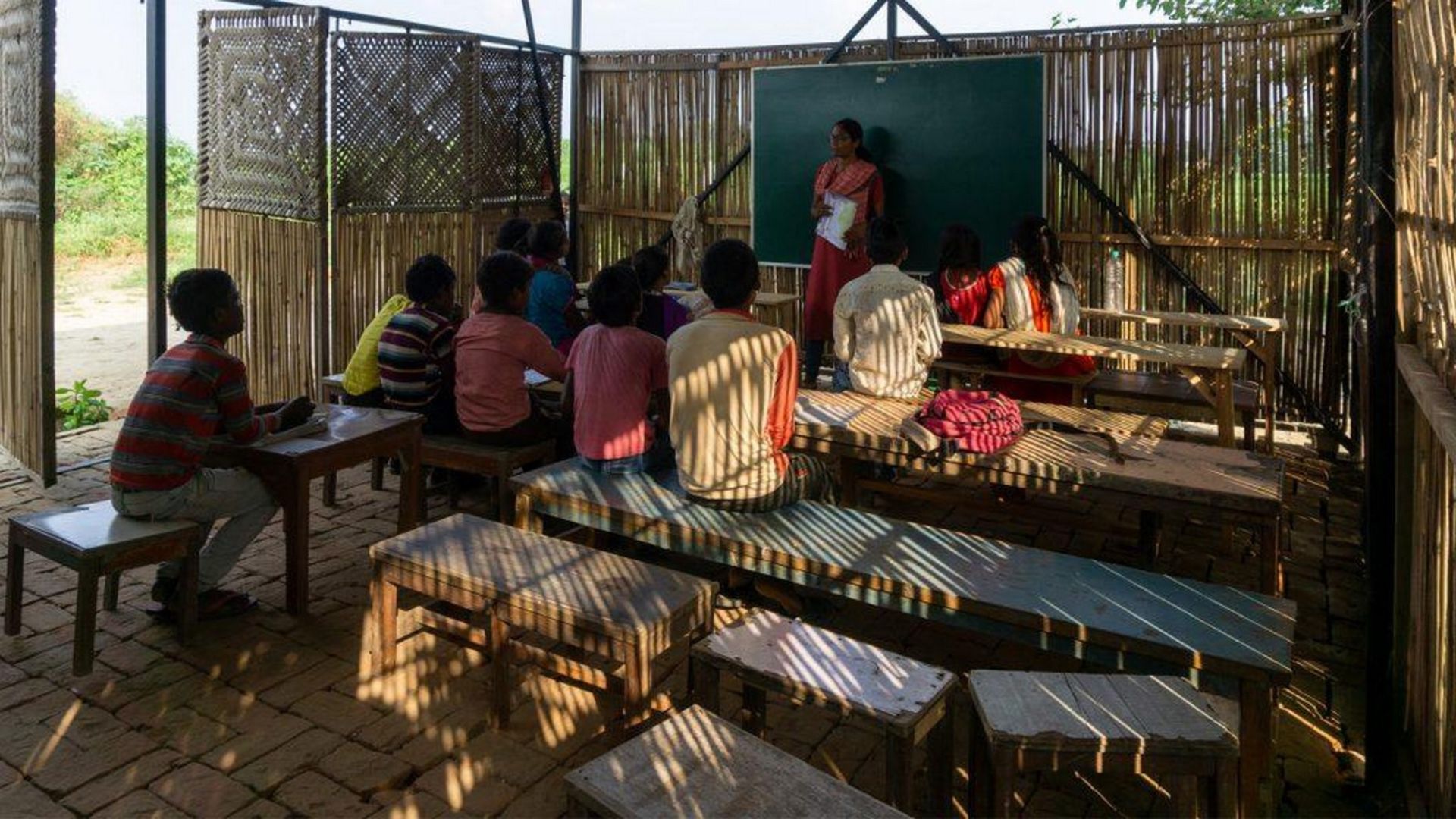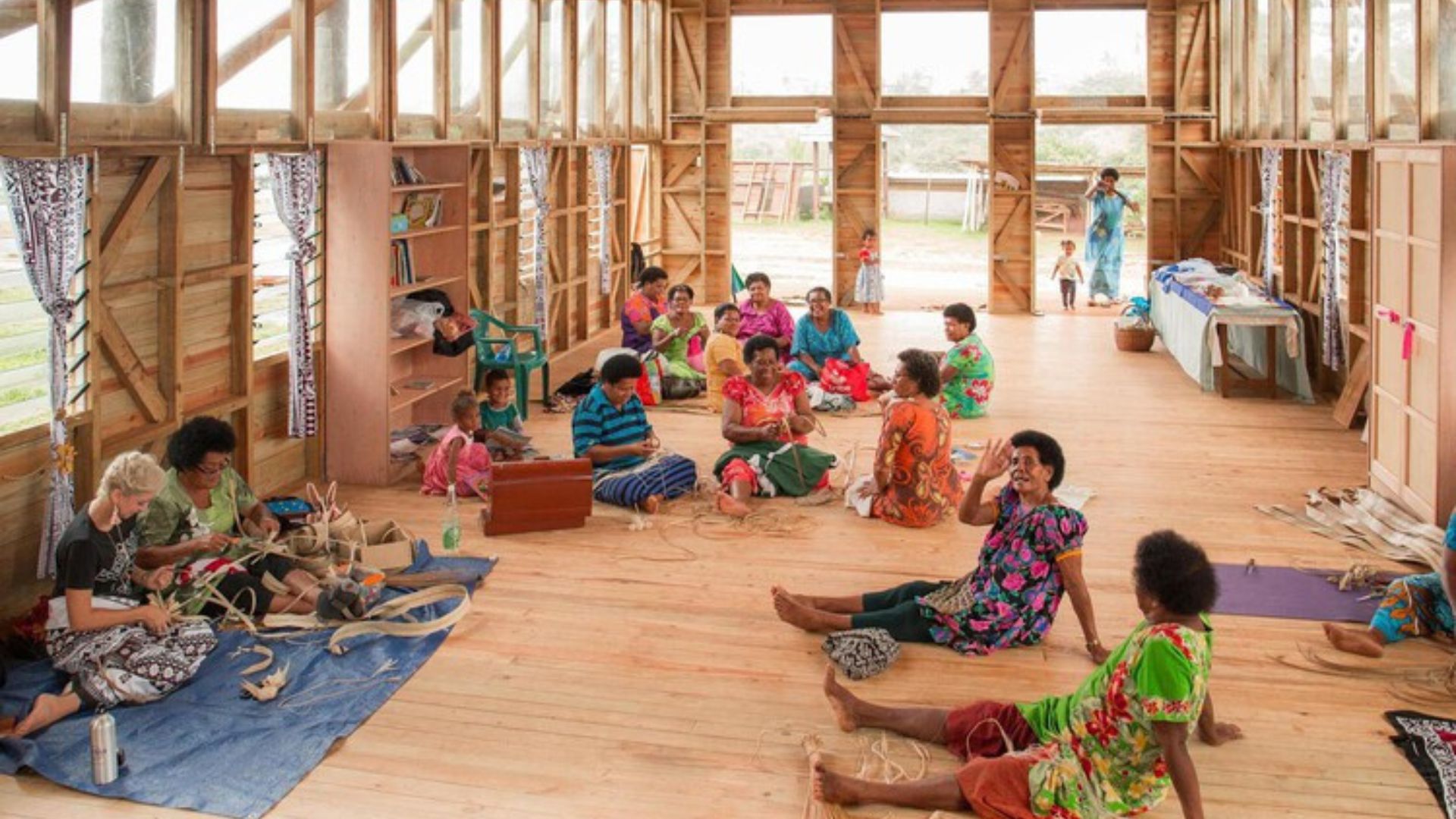For decades, architecture has been a top-down profession dominated by architects and planners. However, a new trend is emerging – community-driven design. This approach emphasizes collaboration between architects and the communities they serve, ensuring that buildings and spaces reflect the needs and aspirations of the people who will use them.
Why Community-Driven Design Matters
Traditional architectural practices often overlook the voices and perspectives of the communities a building will impact. This can lead to designs that are aesthetically pleasing or technically sound, but ultimately fail to serve the needs of the users. Community-driven design aims to bridge this gap by:
Promoting a Sense of Ownership
When communities are involved in the design process, they feel a sense of ownership and pride in the final product. This fosters a sense of responsibility and encourages stewardship of the space.
Identifying Local Needs
Communities have a deep understanding of their local context, challenges, and aspirations. Community-driven design allows architects to tap into this local knowledge, resulting in spaces that are truly responsive to the needs of the people who will use them.
Building Stronger Communities
The collaborative process of community-driven design fosters dialogue, builds trust, and strengthens relationships between residents, designers, and policymakers. This can lead to a more cohesive and vibrant community.

How Community-Driven Design Works
The specific methods of community-driven design can vary depending on the project and context. Here are some common approaches:
Public Forums and Workshops
These gatherings allow residents to share their ideas, concerns, and priorities for the project.
Charrettes
These intensive design sessions bring together community members, architects, and other stakeholders to develop a shared vision for the project.
Surveys and Focus Groups
These tools allow for gathering quantitative and qualitative data from residents about their needs and preferences.
Participatory Mapping
This technique allows residents to identify important landmarks, community assets, and areas of concern within the project area.
Online Platforms
Digital tools can facilitate discussions, share information, and gather feedback from a wider range of community members.
Challenges and Considerations
While community-driven design offers significant benefits, there are also challenges to consider:
Time Commitment
Engaging with a community takes time and resources. Architects and planners need to be prepared to invest the time necessary to ensure meaningful participation.
Balancing Needs and Interests
Community interests can be diverse, and finding consensus can be challenging. The architect needs to facilitate a process that balances the needs of the majority with the concerns of minority groups.
Managing Expectations
Community involvement does not mean everyone gets their way. It’s crucial to set clear expectations about the level of influence stakeholders can have on the final design.
Examples of Participatory design in Action
Participatory design is being used successfully in a variety of projects around the world. Here are a few examples:
The Roxbury Branch Library in Boston, Massachusetts
The library renovation project involved extensive community engagement, resulting in a design that reflects the neighborhood’s cultural heritage and provides much-needed resources for residents.
The Se MaNal Playground in Bangkok, Thailand
This inclusive playground was designed with the input of children with disabilities, ensuring a space that is accessible and enjoyable for all.
Conclusion
Community-driven design is not just a trend; it’s a shift in the way we think about architecture. As architects and communities continue to collaborate, we can expect to see more buildings and spaces that are not only aesthetically pleasing but also truly responsive to the needs of the people who use them. By working together, we can create a built environment that is more inclusive, sustainable, and enriching for all.
